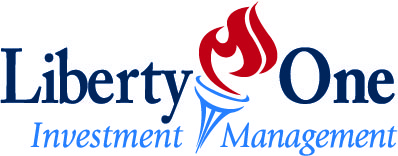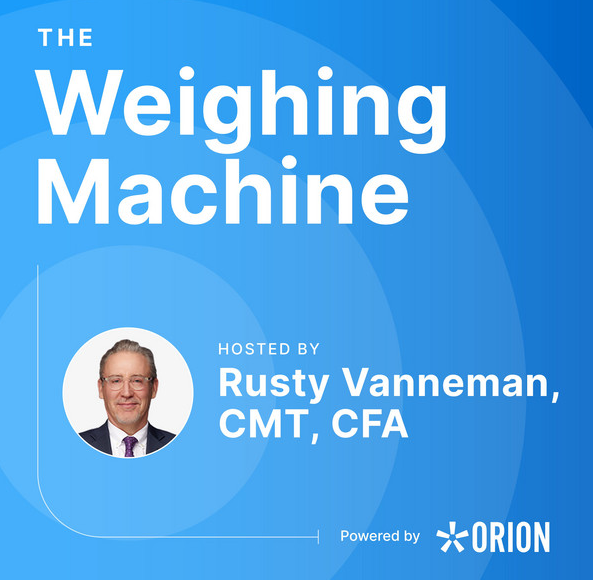If 2020 were to reinforce any investor lessons, it would be that recessions and market events are just as much behavioral as they are technical. Experiencing the fastest bear market followed by the fastest market recovery in the same year brings about a world of emotions, and unintended results that follow.
Diversification is the conventional wisdom that has long helped investors navigate the fluctuations of market emotions. For most conservative investors, diversification comes in the form of “balanced portfolios” (also known as the 60/40 portfolio). The mainstay balanced portfolio that worked so well in the 80’s and 90’s remains one of the more popular strategies employed by investors today. However, the starting point of a lower for longer interest rate environment and higher equity market valuations are creating challenges for balanced portfolios to generate sufficient income and offer moderate growth potential going forward.
For starters, most bonds today which are a critical component of balanced portfolios are currently yielding less than the headline inflation rate, meaning investors are already losing their purchasing power before taxes are deducted. Additionally, investors who once relied on bonds to provide income, have been shortchanged for most of the past decade with an already low interest rate environment declining further. Couple this with an increasing life expectancy in the United States where investment portfolios are expected to last much longer, being more conservative as we age might not be the conservative strategy after all.
With how low interest rates are trading today and equity valuations trading within the 90th percentile in the market’s history, the margin of safety is significantly smaller, rendering questions about portfolio positioning in solving for income and growth, all while taking behavioral tendencies and diversification into consideration.
Exploring Recession Resistant
One part of the market that might not be getting as much love from experts relating to income, growth, and diversification may be in companies operating in “recession-resistant” industries. By definition, recession resistant companies produce and are able to sell goods and services that consumers demand, regardless of the state of the economy. The stability of their sales profile has shown to smooth out volatility across various business cycles. This insensitivity of demand regardless of economic conditions is often classified as demand inelasticity.
Defining Recession Resistant
However, the definition of recession-resistant companies is much more complex than simply looking at demand elasticity itself. Not all industries are created equal, with other factors such as secular industry drivers, industry innovation, and capital intensity all contributing to the definition of recession resistant. Additionally, the definition of recession-resistant is constantly being expanded as the world evolves. Although traditional defensive industries such as Staples, Utilities, and Healthcare continue to fit the traditional mold of recession-resistant, some industries within the Technology sector are starting to become much more prominent and less exposed to fluctuations of economic conditions (as was the case in 2020). Part of this phenomenon is driven by technology firms becoming an integral part of our digital infrastructure, a significant necessity to compete in the 21st Century economy. What is more intriguing is that these same technology firms have been able to capitalize on their rising demand by innovating their business models after the Great Financial Crisis- switching to a “as-a-service” business model. This shift dramatically increased their revenue visibility, which further solidifies its position as recession-resistant.
Dividends An Important Part
Such visibility is what allow recession-resistant companies to be more confident in their capital allocation strategies and investments into their business. As sales volatility becomes smoother and visibility much clearer, these companies can then operate in a position of strength, reducing business performance uncertainties during tough economic times. As a result, recession-resistant companies can typically afford to pay an above average dividend that are supported by their stable earnings profile, strong cash flow generation, lower alternative investment opportunities, and high visibility of future earnings, which ultimately benefit investors. The sustainability of such dividends can have dramatic impacts on long-term performance. For example, going back to 1970, 78% of the total return of the S&P 500 can be attributed to reinvested dividends and the power of compounding. Strong and consistently increasing dividend payers have shown to outperform over the long-term, as a dividend paying culture does appear to signal management’s views on the sustainability of their firms’ earnings power.
Another intriguing insight from our research is that companies that consistently pay and increase their dividends over time usually exhibit capital-light business models that require very little capital expenditures to continue to compound earnings at a high rate over time. These business models can be commonly found within consumer-oriented recession-resistant industries. A capital-light business tends to exhibit cash-rich qualities and require less to be reinvested back into their business because they do not own a lot of hard, depreciating assets. With all this additional generated cash and less capital expenditure requirements, free cash flows in capital-light businesses tend to be large, providing management ample flexibility to deploy that cash through dividends and stock buybacks, further supporting safety and growth of that dividend.
More Than Just Defensive
Recession-resistant industries are often thought of as defensive and investors seem to only discover these sectors predominantly during times of economic distress, while preferring to shift their attention to other sectors in better economic times. For the most part, they do exhibit defensive characteristics and lower portfolio market risks during heightened volatility periods. However, what often gets overlooked is that there remain an abundant of structural tailwinds supportive of recession-resistant companies, for growth during better economic times. We highlighted demographics, population growth, rising global discretionary income, increasing healthcare spending, and an acceleration of digitization as themes supportive of long-term recession-resistant industries growth in our whitepaper.
Take the healthcare industry as an example. Healthcare expenditure in developed economies has risen faster than GDP growth. According to the Kaiser Family Foundation, the United States spent approximately 17% of its GDP on healthcare expenditure in 2018, up from 7.3% in 1970. On a constant dollar basis, total healthcare expenditure in 2018 totaled $3.47trillion compared to $77.25billion in 1970. This represents a compound annual growth rate of about 8%, far outpacing the country’s GDP growth rate of 6.50% during that same period.
With aging demographic trends in developed countries likely to accelerate with Baby Boomers entering the latter part of their life, public focus on building more sustainable healthcare infrastructure and systems are becoming a central focus of national governments. This incentivizes additional public-private partnership, offering investors opportunities to contribute capital to help fund and develop better healthcare systems for the future, while benefitting from it financially.
Over the long-term, the reduced threat of obsolescence in recession-resistant industries also elongates the duration and superiority of their growth rates. This extended duration of growth further enhances the attractiveness of investing in recession-resistant sectors beyond tough economic times.
Conclusion
Ultimately, we believe investing in recession-resistant industry companies can protect investors during more turbulent times, but also offer investors attractive opportunities to invest in companies that can grow at superior rates over an exceptionally long period of time. Low correlation to the broader market and a more resilient business profile helps mitigate fundamental risks that become heightened during recessionary environments, while secular tailwinds coupled with a strong ability to return cash to shareholders provide a recipe for modest appreciation potential.
Using the baseball analogy, “investing in recession-resistant companies is all about hitting singles and doubles, not hitting homeruns, but more importantly, not striking out”. Durability is the foundational focus of investing in recession resistant portfolios. Afterall, low risk (or low volatility) stocks are not associated with lower returns, meaning that on a risk-adjusted basis they offer a return advantage. Notably, the main advantage of low volatility or low beta strategies comes not necessarily from the higher total return, but from significant risk reduction.
Given record low bond yields and elevated valuations for many growth companies today, an investment in a portfolio of recession-resistant companies could make a solid proposition to complement or replace the traditional 60/40 portfolio, causing investors and investment advisors to look at recession resistant industries differently moving forward.


